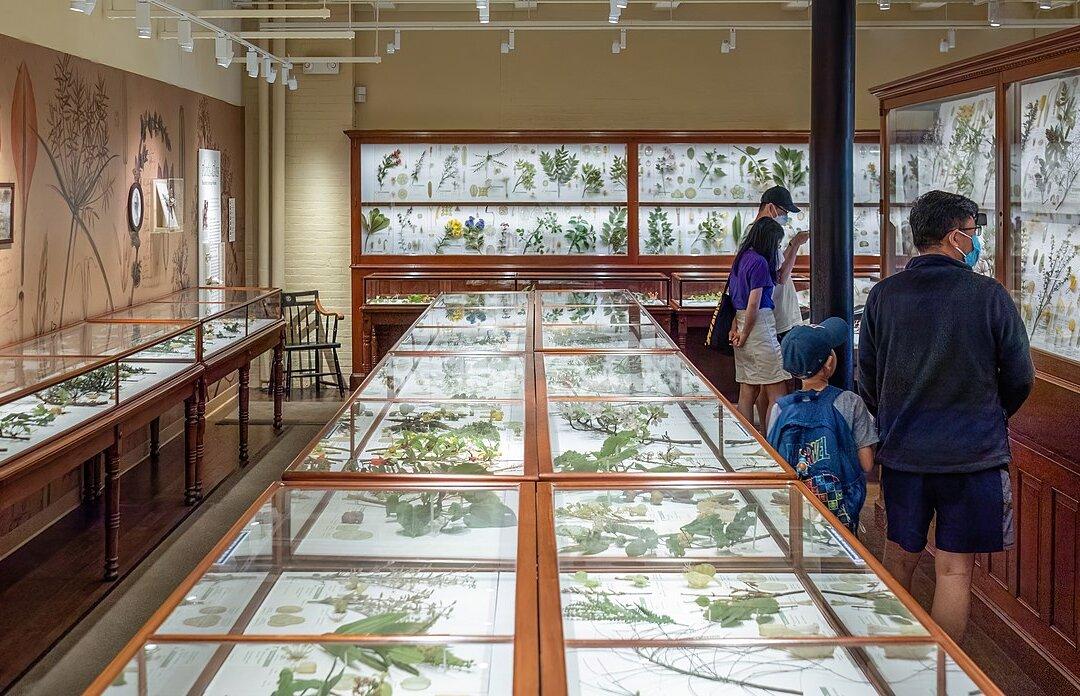Naturally, it’s impossible to see four seasons in one day. Yet we can see hundreds of plants from around the world simultaneously—sprout, bud, bloom, set seeds, and wither away at the Harvard Museum of Natural History in Cambridge, Massachusetts.
Throughout the museum’s collection of herbaria, plant specimens, and wax and paper-mâché models, we can see the life cycle of plants. However, many of those types of specimens and models tend to fade or decay over time. Yet a pioneering set of fragile plant models endures at the museum: “The Ware Collection of Blaschka Glass Models of Plants.”






